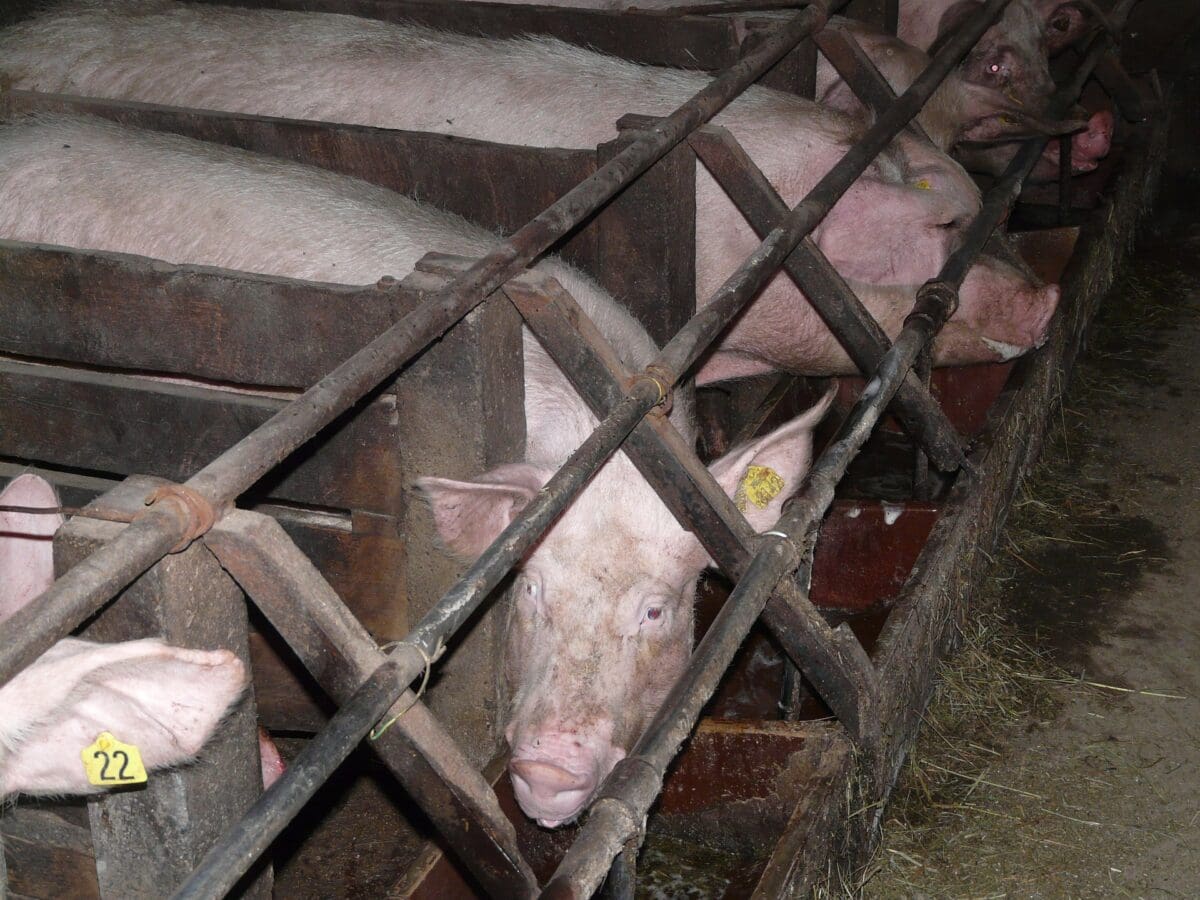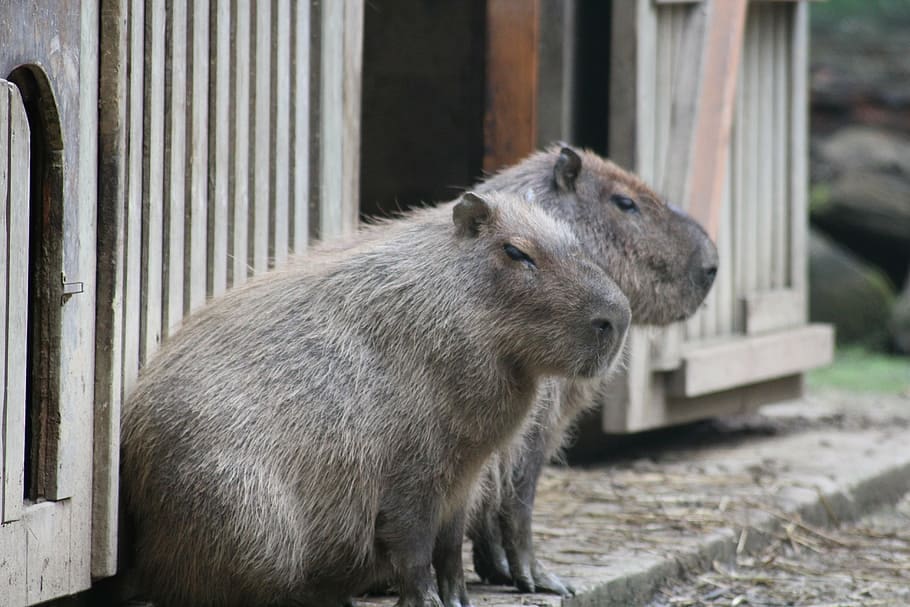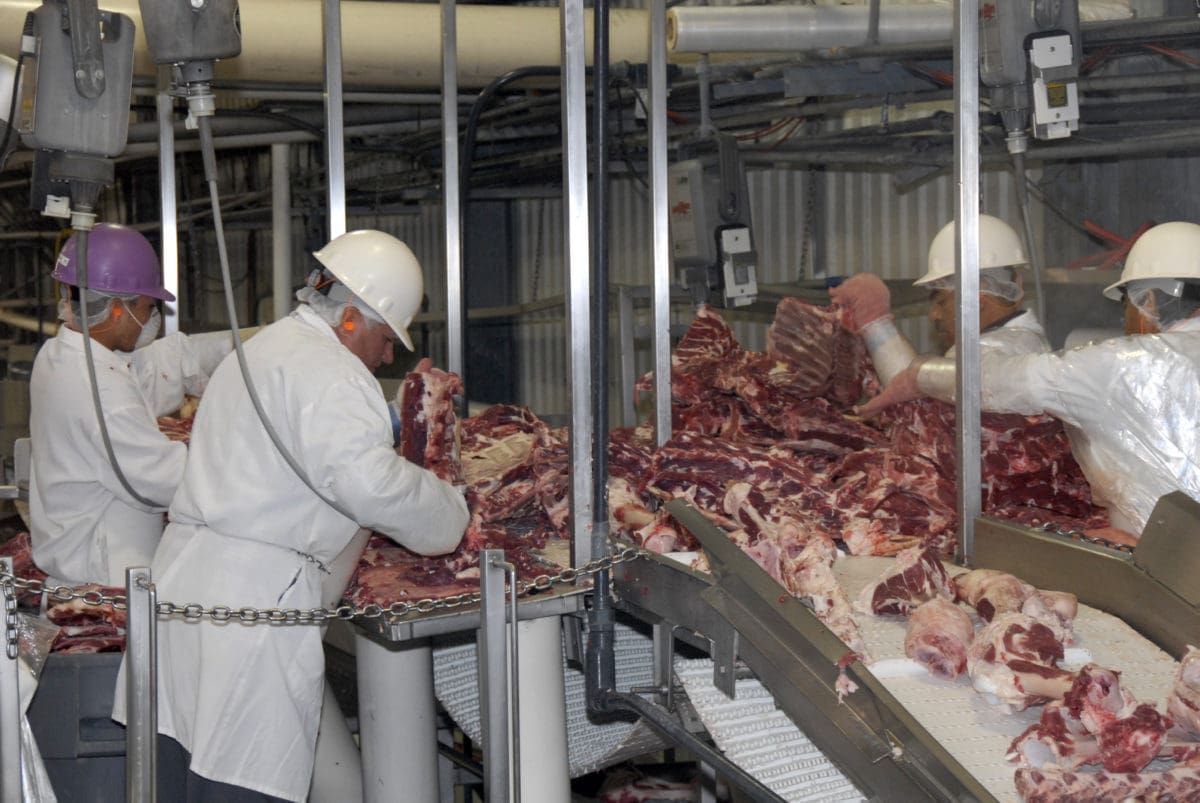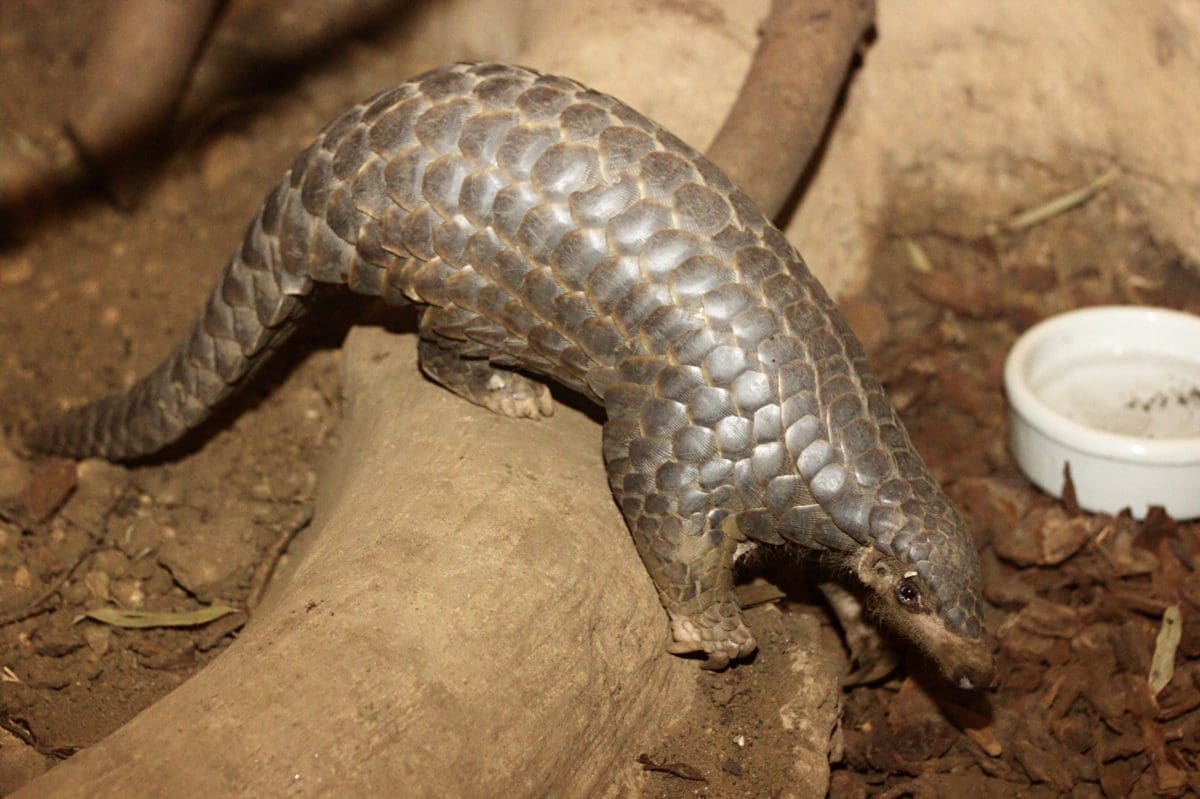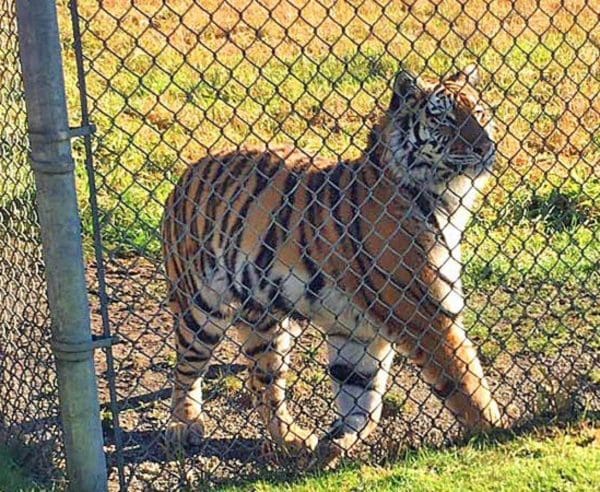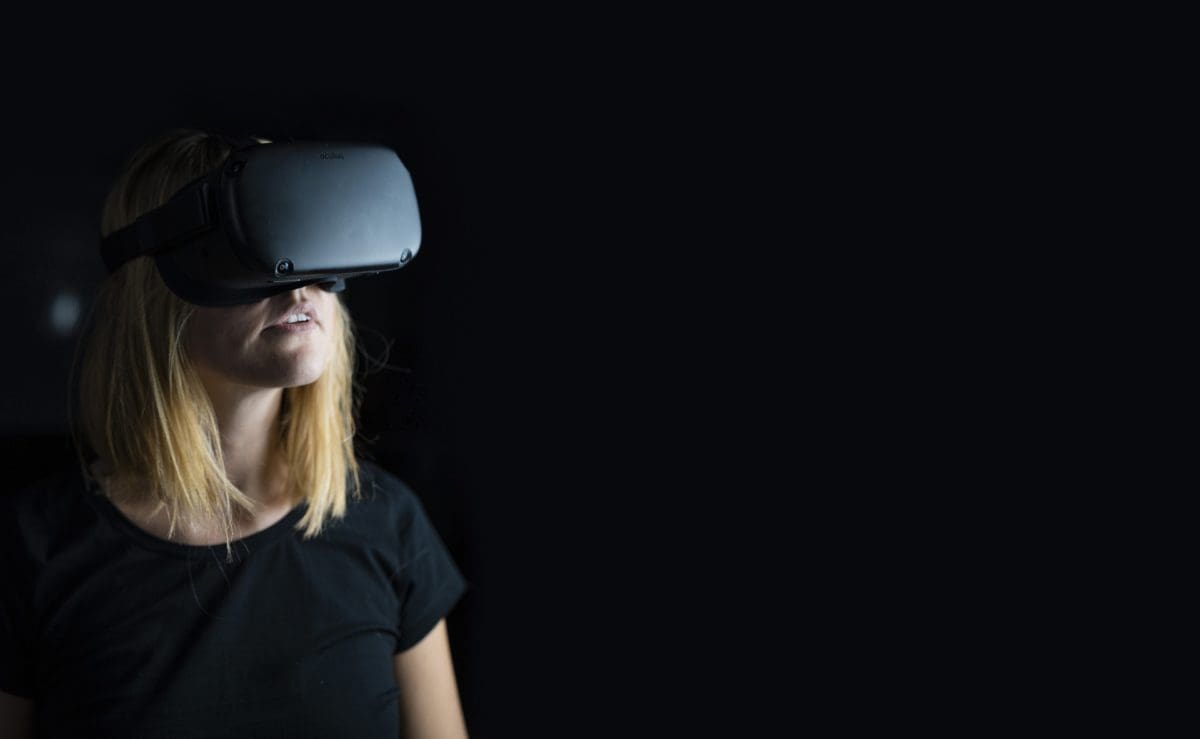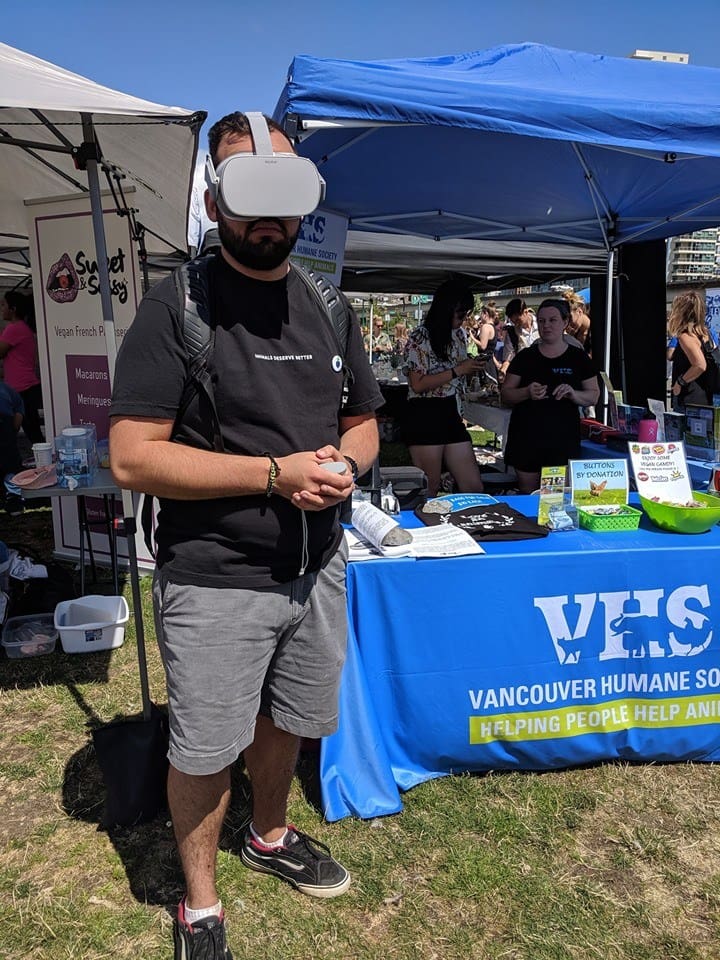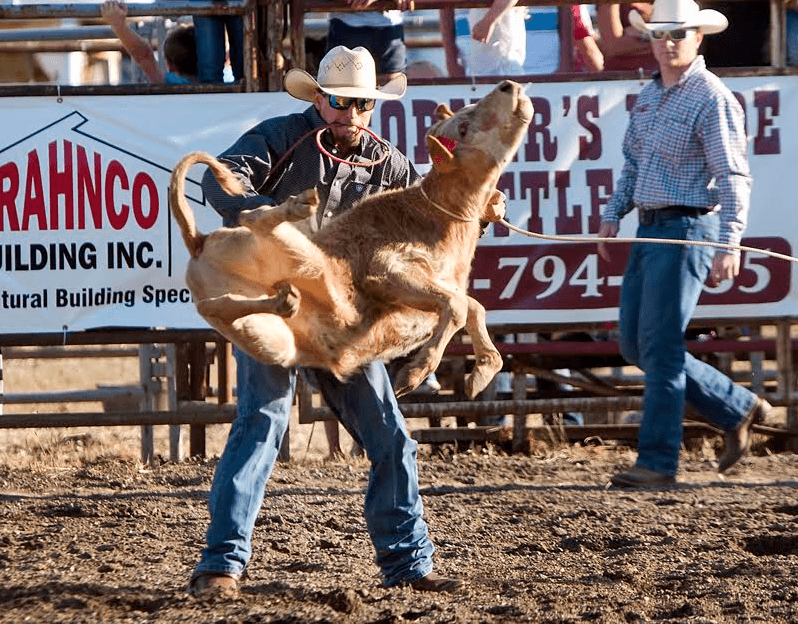Article originally published on Daily Hive.
The Canadian pig farming industry is breaking a promise to end the continuous use of inhumane “gestation stalls” that confine pregnant sows so tightly they are unable to turn around.
The industry committed in 2014, outlined in the industry’s Code of Practice for the Care and Handling of Pigs, to end the continuous use of gestation stalls and to transition toward group housing (which provides space to allow pigs to move more freely) by 2024.
Pig farmers are now seeking to delay the transition until 2029, despite being given 10 years to make the change. The industry says it can’t meet its commitment by 2024 because of a lack of preparedness and financial issues.
The delay could be granted by the National Farm Animal Care Council (NFACC), the industry-dominated body that oversees codes of practice for the care and handling of pigs. If so, it will result in hundreds of thousands of pregnant pigs continuing to suffer in the cramped stalls.
The Retail Council of Canada, which represents major grocery retailers in the country, also supported the planned transition away from gestation stalls, saying in 2014 that it was committed to “sourcing pork products from sows raised in alternative housing practices as defined in the updated Codes by the end of 2022.” The council has not said whether it will stand by its commitment now that it appears the pork industry may renege on its commitment.
Animal welfare experts have described gestation stalls as extreme animal confinement equivalent to living in an airline seat.
Dr. Ian Duncan, Emeritus Chair in Animal Welfare at the University of Guelph, has stated: “In my opinion, the practice of keeping sows in gestation crates for most of their pregnancy is one of the cruellest forms of confinement devised by humankind. Sows are intelligent, inquisitive animals who naturally spend their time rooting, foraging and exploring their environment. When kept in extensive conditions, sows engage in various behaviours and lead a rich social life. All of this is completely denied them by gestation crates and leads to enormous frustration.”
Polling has shown that 84% of Canadians support a complete phase-out of gestations stalls. The European Union and several states in the US have banned the stalls.
The Vancouver Humane Society (VHS) has launched a campaign calling on the public to urge the pork industry and the Retail Council of Canada to stand by their commitments to transition to group housing.
“The pork industry and the retail council promised to end the cruel practice of extreme, long-term confinement,” said VHS campaign director Emily Pickett.
“Canadians need to hold them to account and let them know that they don’t want to see pigs continue to suffer in this way.”

